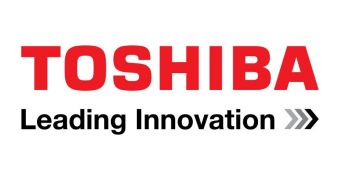In a not so shocking turn of events, Toshiba and Hynix have announced that they are pooling their resources in order to create Spin-Transfer Torque Magnetoresistance Random Access Memory (MRAM).
The IT market is in no way a stranger to partnerships, since joining forces often yields new and improved products and technologies.
This means that there really is no cause to be too surprised at hearing two makers of semiconductors collaborating.
Hynix and Toshiba have entered a partnership that will lead to the making and selling of Spin-Transfer Torque MRAM (Magnetoresistance Random Access Memory).
Though it isn't expected to challenge DRAM's dominance, it is more energy efficient and, thus, should work best in future mobile devices and low power applications.
The method used to store data is non-volatile and relies on reorienting the magnetization of a thin magnetic layer, unlike DRAM which needs electrons to pass through capacitors.
"We believe that MRAM has huge potential as highly scalable non-volatile RAM," said Kiyoshi Kobayashi, Corporate Senior Vice President of Toshiba Corporation, and President and CEO of Toshiba's Semiconductor and Storage Products Company.
"We will strongly promote initiatives in integration of storage solutions including MRAM, NAND, and HDD. The MRAM joint development program with Hynix is one of the key steps to support our efforts."
MRAM should also have no trouble actually matching DRAM's speed, but one shouldn't be too eager to see progress, since the two companies did not give a timeline and, either way, it will take a while for their efforts to pay off.
"MRAM is a rare gem full of exciting properties, like ultra high-speed, low power consumption, and high capacity, and it will play the role of key factor in driving advances in memories. It will also be a perfect fit for growing consumer demand in more sophisticated smart phones. MRAM is our next growth platform," said Oh Chul Kwon, Hynix's CEO.

 14 DAY TRIAL //
14 DAY TRIAL //